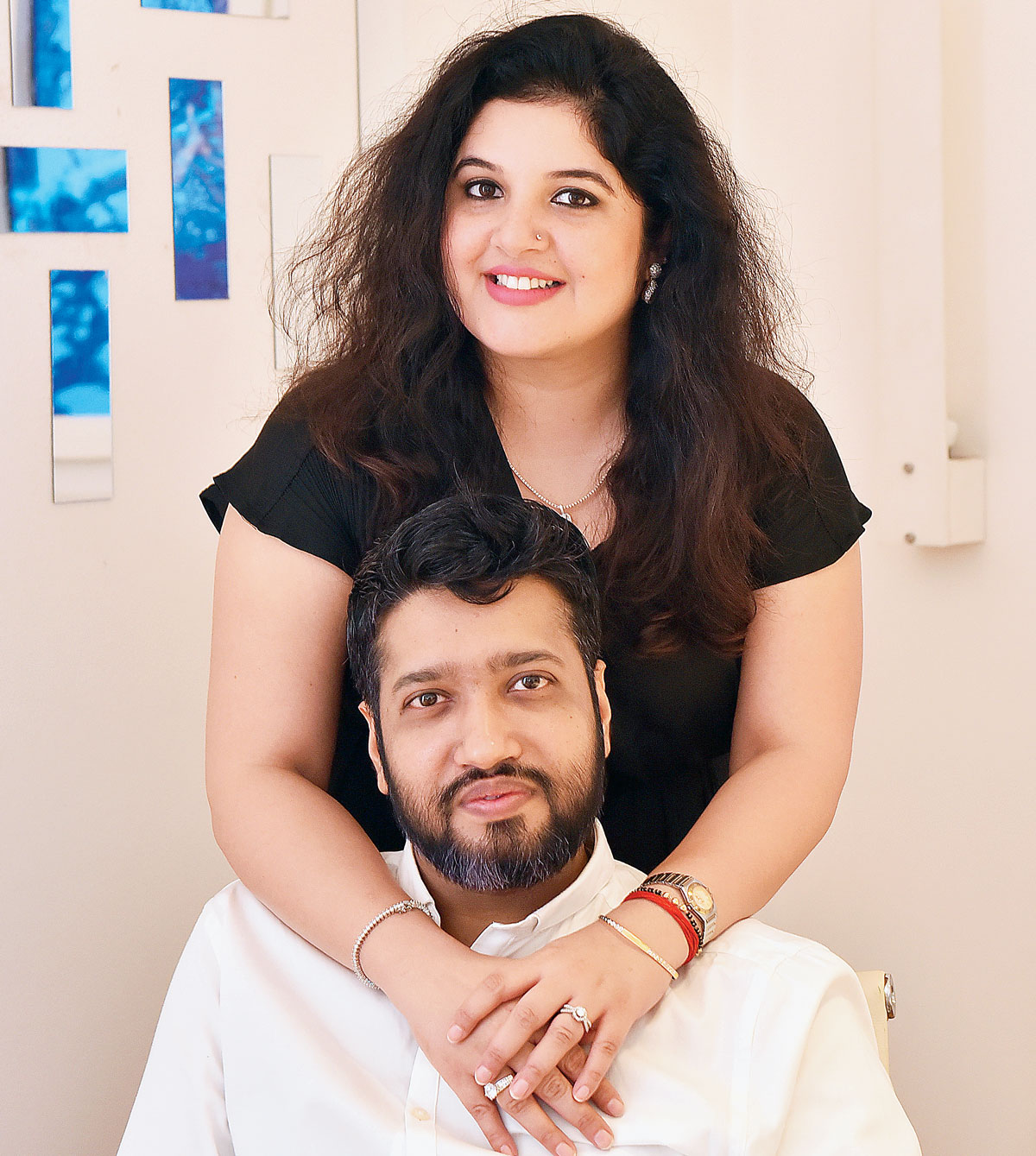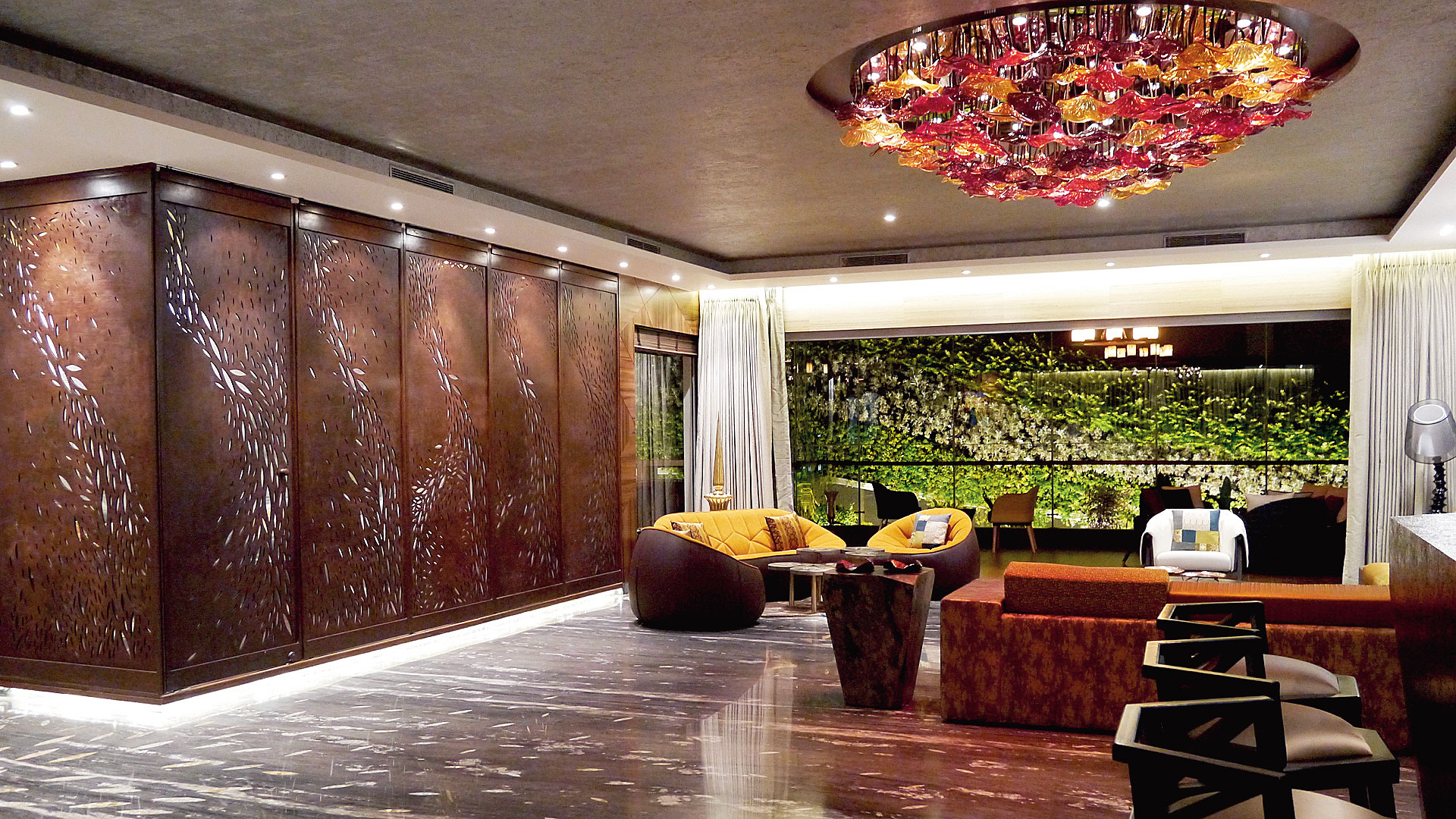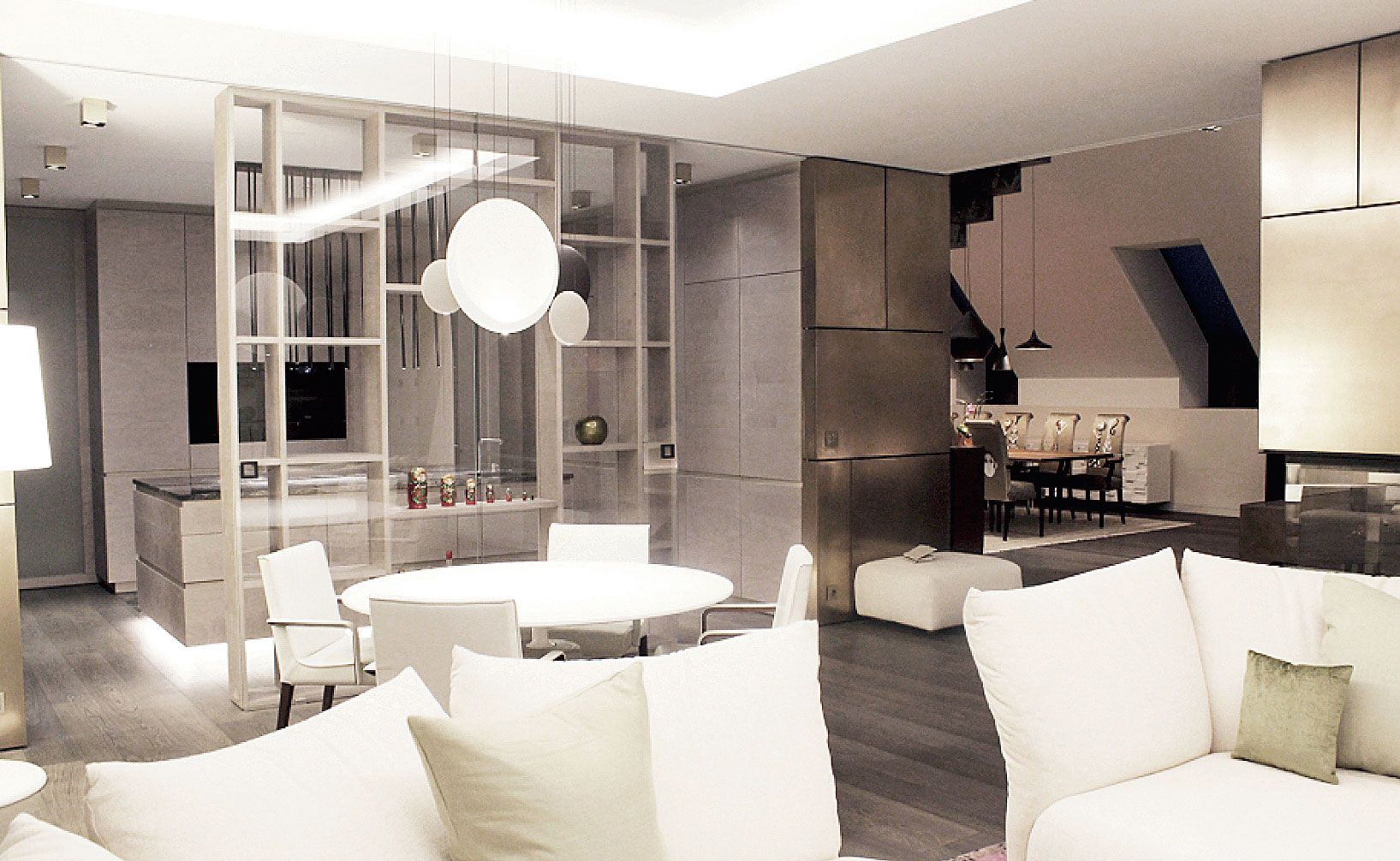Why I find lighting fascinating
Lighting for me is a refined instinct. If interior designing is about transformation, lighting is about transcendence. Lighting is about adding refined layers of aesthetics, abstraction and technical precision which every space needs. Though most of India is yet to realise it, spaces without this refinement are still incomplete. We can’t forget the words of Richard Kelly (a pioneer of architectural lighting design): “To play with light is to play with magic!”
Health benefits of the circadian lighting strategies
Human-centric lighting (HCL), or circadian lighting (systems designed to control the colour and intensity of light at particular times), is nothing but following Nature — going from warm light at dawn to cold at noon and again going back to warm at dusk. We spend more than eight-nine hours under artificial lighting and if we are able to depict Nature then obviously it would be beneficial. Lighting is directly related to our feelings and moods. If we successfully design and implement HCL lighting in office, then our brain would adapt slowly and gradually, and our bio clock would start adjusting. Since I started practising lighting design 16 years ago, I have always designed keeping humans in mind but I have never ignored animals and birds.
Light pollution
I would like to see stars in urban areas. It’s becoming more challenging because of various kinds of pollution, including light pollution. Reducing light pollution and improving the quality of night by using right fixtures in the right places is the need of the hour. It’s the time for rest not only for humans but also for birds and animals.

Tejas and Yogeshvari Doshi at their Light & Beyond office on Rupchand Mukherjee Lane in Calcutta Picture: B Halder
At Lighting Design Awards 2018 in London in May, one name in the 40under40 category stood out — Tejas Doshi, the person behind Light & Beyond, one of India’s leading lighting consulting firms. Doshi's work lights up a 52-metre super-luxury yacht, a Valentino showroom in Vienna and an entire European island between Barcelona and Malta.
Doshi is member of International Association of Lighting Designers and founded the company with his wife Yogeshvari in 2009. 'We started out on this uncharted terrain in 2009 simply because we believed that the country deserved to see lights as a disentangled entity,' Doshi says. Lighting design is still nascent in India. The 39-year-old has been involved in lighting design since 2003 and it India's first and the world's 17th Certified Lighting Designer. He shares his ideas with t2oS
How lighting is perceived in India
I wouldn’t say that India is completely oblivious to the transformative potential of good lighting. But Europe is a different ball game. With energy efficiency being a talking point, countries are doing some experimental work in the quest for the perfect balance between maintained-illuminance, colour-rendering and uniformity. In Europe, they are aware of the fundamentals of good, bad and indifferent lighting.
The next technology that will affect the lighting industry
Laser LED is the next technology. I saw the prototype last year and this year at the Frankfurt lighting fair. Light from a mere 3W laser LED with a two-degree beam fixture was able to travel a distance of more than 30-40 metres. Right now, it’s still in its early stages but it is commercially available for certain applications. Shuji Nakamura has invented laser LED and is being marketed by Soraa Lamps. Laser LED can be used in various applications for military, automotive, architectural, biomedical, projectors and entertainment. Also, network-based lighting is going to make it big. We expect 20 billion devices to be connected to the Internet by 2020.
Li-Fi (Light Fidelity) is becoming popular abroad. It’s a technology for wireless communication between devices using light to transmit data and position. Imagine having no weak signals in the work area.
My philosophy
Light and sound play an important role in determining how a place whispers to us. I had heard enough whispers from the world to co-found Light & Beyond with my wife in 2009. If I’m strictly talking about humanising spaces, I’m primarily looking at making personalities out of them. The whole creative process then gravitates towards interactions. How would human beings interact with the newly-vivified corners? Each corner of your home, office or retail space has a different pulse. There are places where you unwind or work or eat or chat or contemplate or sleep. Then there are spaces that are unwittingly ignored. As a lighting designer, I constantly endeavour to map this connect (or the lack of it) before starting work. Humanity and spirituality are dominant attributes of my work. They are indivisible.
Lighting tips for...
Garden: Make sure cabling is done properly. It has to be rodent-proof. Take proper safety measures for 220V lights fixtures, which should be waterproof, that is, IP65, IP66 and IP67 for non-submersible fixtures. Only good quality 12-24V IP68 stainless steel fixtures to be used for swimming pool or water bodies. Make it subtle, maintenance-free and also take care of environment and habitants, like birds.
Bedroom: Make it warm and relaxing. Try to have two-three layers of lighting. For elderly people and kids, one has to check with them personally but, in general, make it slightly brighter. No night lamps: It affects melatonin levels and disturb sleep. Use sensor-based lights for bathrooms.
Kitchen: Make it bright; colder colours are preferred.
Sitting area: Make it lively by adding more layers of light.
How is a lighting designer different from architects and interior designers
The very mindset of people had been a stumbling block. Initially, years ago, it was difficult to make people realise that lighting is as textured and as nuanced a faculty as architecture. Good lighting doesn’t just happen; it’s designed. Beyond the perceptible design there are several factors at play — including glare control, colour temperature and optical control.
If you are looking for seamless transition of places, you should ideally invest separately. People at large don’t want to wake up to the very idea of lighting design. And the fact that they do have to spend more the moment they start perceiving 'lights' in a different 'light' has conveniently facilitated ignorance. In India, in fact, even an electrician becomes a lighting consultant. We are specialists for a reason. We see more than what an architect or an interior designer can see. They see aesthetics more than functionality and we strike a balance between both while keeping in mind the maintenance factor. As lighting designers, we complement the work of the architects and interior designers.
Some lighting-related mistakes we make while decorating
Not having an appropriate budget for lighting because it is always taken for granted. The approximate share of money spent on buildings stands something like this — 50 per cent on land, 33 per cent on building, 17 per cent on electrical and one per cent on lighting. The other mistakes are not using good quality lighting fixtures, recurrent installation issues, choosing wrong lights for application.

Kessaku, a super-luxury apartment in Bangalore by Phoenix Group Source: Light & Beyond
